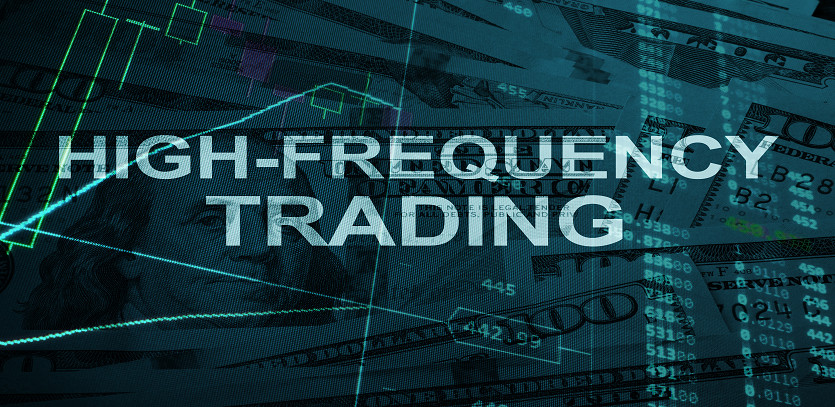High-frequency trading (HFT) is a type of electronic trading that uses high-speed computer algorithms to execute trades in milliseconds or even microseconds. HFT firms typically use sophisticated trading platforms and powerful computers to identify and exploit small price discrepancies in the market.
How HFT Works
HFT works by sending large numbers of orders to the market very quickly. These orders are often canceled before they are filled, but if they are filled, HFT firms can profit from even the smallest price movements.
HFT firms use a variety of factors to identify potential trading opportunities, including:
Market volatility: HFT firms are more likely to trade when the market is volatile, as this creates more opportunities for small price discrepancies.
Order flow: HFT firms also track order flow, which is the flow of buy and sell orders in the market. This information can help HFT firms to identify potential imbalances in the market, which can create opportunities for profit.
Algorithmic trading: HFT firms use sophisticated algorithms to identify and exploit potential trading opportunities. These algorithms are constantly scanning the market for opportunities, and they can execute trades very quickly.
Best Indicators for HFT
There are a number of indicators that can be used for HFT, but some of the most popular include:
Volume: Volume is a measure of the number of shares or contracts that have traded in a particular security. HFT firms often use volume to identify potential trading opportunities.
Volatility: Volatility is a measure of the price fluctuations in a security. HFT firms often use volatility to identify potential trading opportunities.
Order flow: Order flow is the flow of buy and sell orders in the market. HFT firms often use order flow to identify potential trading opportunities.
What to Take into Account While Trading HFT
There are a number of factors that traders should take into account when trading HFT, including:
Market liquidity: Market liquidity is the ease with which an asset can be bought or sold. HFT firms prefer to trade in liquid markets, as this allows them to execute trades quickly and easily.
Trading costs: Trading costs are the fees that traders pay to execute trades. HFT firms need to keep trading costs low in order to be profitable.
Risk: HFT is a risky trading strategy, as even small price movements can lead to significant losses. Traders should only use HFT if they are comfortable with the risks involved.
There are a number of experts who have weighed in on HFT. Some experts believe that HFT can be beneficial for the market, as it can help to improve liquidity and reduce spreads. However, other experts believe that HFT can be harmful to the market, as it can lead to increased volatility and market manipulation.
Ultimately, the impact of HFT on the market is still being debated. However, there is no doubt that HFT is a powerful trading strategy that can be used to generate profits.
Conclusion
High-frequency trading is a complex and controversial trading strategy. However, it can be a profitable way to trade if done correctly. Traders who are considering using HFT should carefully consider the risks involved and make sure that they are comfortable with the technology.





